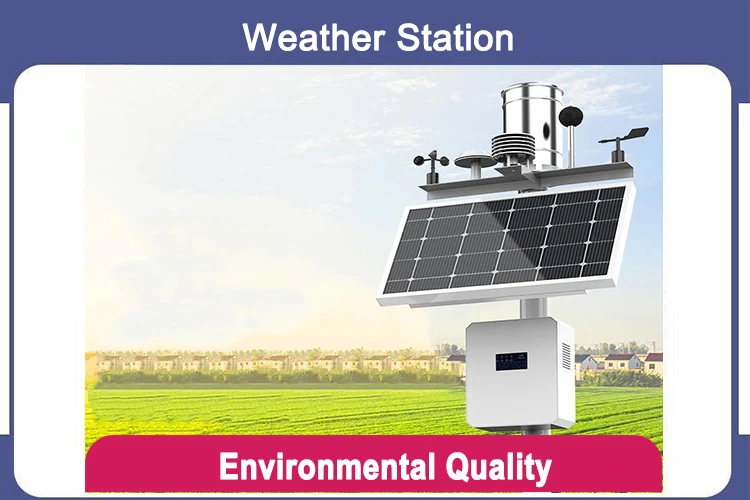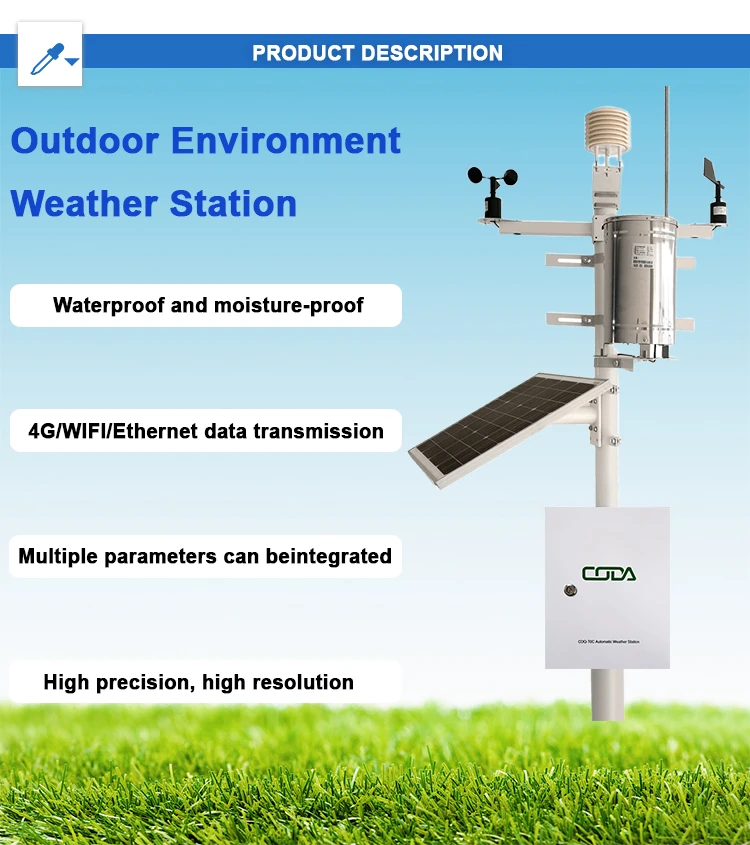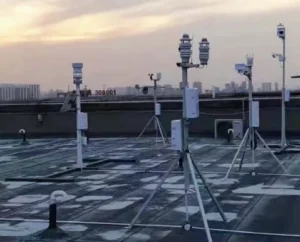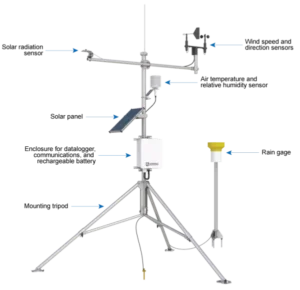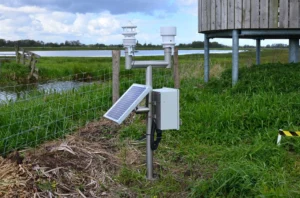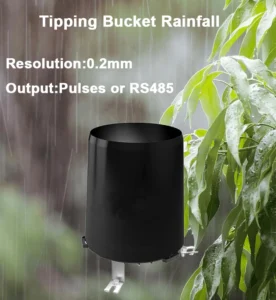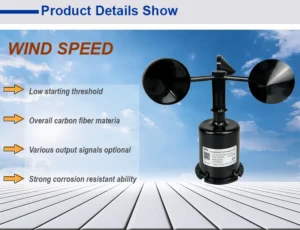Common Application Areas for Weather Stations
Weather stations are prevalent in numerous regions, and here are some typical uses:
Weather stations are places that watch and predict the weather. They are important for checking weather conditions. At a weather station, systems track weather elements in real time. They give accurate data to help forecast the weather.
Airports:
Airports are key locations for weather stations. These stations track wind direction, wind speed, temperature, and air pressure. This information is crucial for weather data related to flights. It helps keep air travel safe and on time.
Ports are key locations for weather stations.
These stations track wind direction, wind speed, air temperature, air pressure, and more. They provide vital weather data to ships. This information is crucial for keeping vessels safe and helping them navigate easily.
Agricultural field:
The agricultural sector relies on weather stations. These stations track temperature, humidity, light, and other weather factors in real-time. This data provides farmers with the weather information they need to plan their work. As a result, it helps improve farming efficiency and productivity.
Campus Education:
Schools are using weather stations on their campuses more and more. These stations track the weather in real time. This helps students learn about weather through fun programs. It improves their understanding of nature and encourages them to care for it.
In summary, many places use weather stations. They give important help for daily life and work activities.
